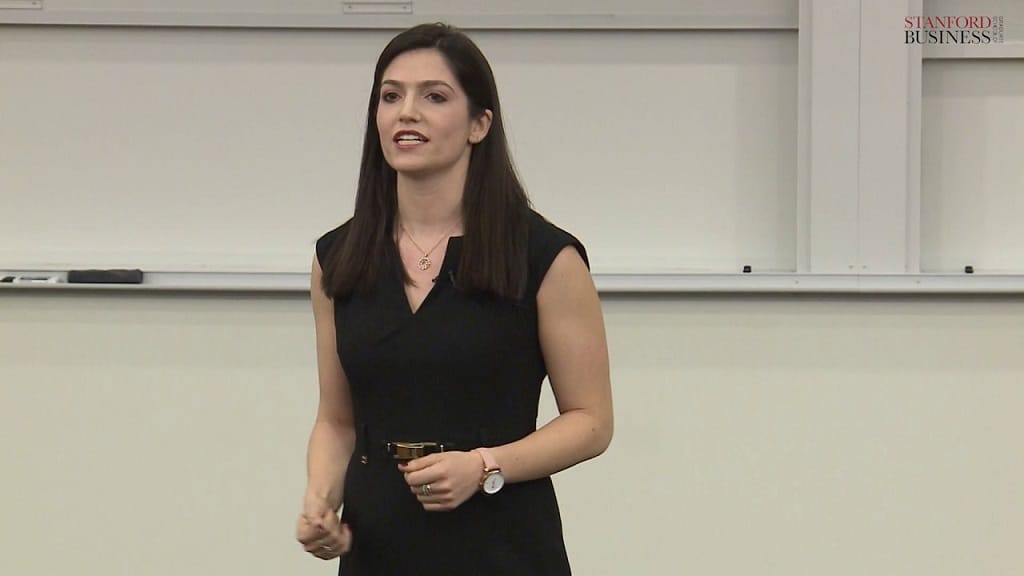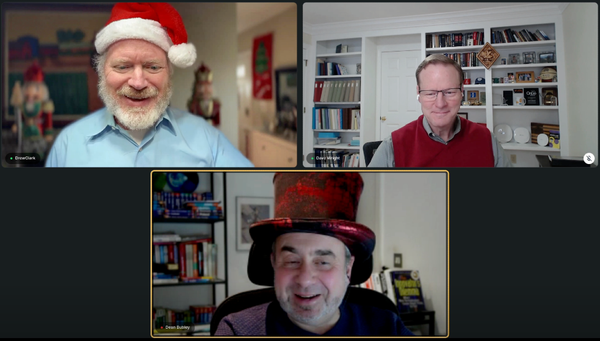Digital Equity Includes Clear Messaging And Training, Experts Argue
Experts argued for clearer communications and training for Americans not used to connectivity.
Em McPhie

May 14, 2021 — Lost in the rhetoric of connecting Americans to crucial high-speed internet is what it takes to connect people who don’t have experience with the technology that many take for granted, experts on a webinar argued Wednesday.
Policy decisions often only emphasize the need to connect large swaths of underconnected areas, but seldom talk about the critical issue of communicating how to get connected, argued panelists at the National Digital Inclusion Alliance.
“If you are someone who lives in poverty in this country, you experience all kinds of friction,” said Bret Perkins, senior vice president of external and government affairs at Comcast. “And none of this is simple—those of us who live in this, we tend to oversimplify what it takes to sign up, what it takes to get on board, and we just have to understand that more and deal with the friction.”
The pandemic has increased attention on the digital divide, and the panelists called for clearer communications to reduce friction points to get the less-fortunate connected.
Connectivity issues must be addressed with consumer-focused lens
Hannah Hill, project leader at Boston Consulting Group, emphasized the importance of approaching problems with a consumer-focused lens, pointing out key factors in potential solutions such as effective communication.
“How can you explain the message clearly, not using technical jargon or terms, making it very clear about the terms in a way that is clear but not overwhelming?” she said. “And how can you share those messages through trusted channels—community organizations, educators, faith-based organizations, civic groups…How can you send trusted messages through trusted sources?”
Effective communication requires having a multilingual, multicultural view, said Daniel Noyes, co-CEO of Tech Goes Home. That includes “making sure you have multilingual phone lines that are properly staffed.”
Hill said companies should find ways to streamline the application process and ensure that support is always readily available.
“That comes back to the community organizations—in our research, more than 40 percent of respondents said that they wanted someone to walk them through the process step by step,” she said. “It was the most requested support that would make the program easier, and so being able to enable these organizations so that they can offer that support and assistance is key.”
Transparency around cost also key
Noyes also highlighted the importance of clear messaging with respect to cost. “If it costs $10 a month on your ad, it better cost $10 a month when the bill comes,” he said. “If the modem costs $15 a month and you say your service is $20 a month, but it’s actually $35 a month, you’re doing a disservice to the people you serve.”
Noyes noted that having internet access does not equate to being able to afford it.
“I had a conversation with someone no more than a month ago who said, ‘I have the internet, but the only way I have it for my kids is I take half the prescription medication I’m supposed to take, because that allows me to pay for the internet,’” he said. “So it’s not just closing out those who don’t have it, it’s also dealing with people who have it but can’t afford it.”
Heather Tsavaris, principal consultant at the Columbus Foundation, said she contemplated certain questions when addressing how to connect Columbus.
“As we thought about it and as we really went deep with people and did the qualitative empathy work, we refined that to move to, ‘How might we ensure people experiencing poverty can use technology in all the ways they want to and need to?’—really thinking about that value proposition and that relevancy.”
The pillars of an effective connectivity strategy
Lloyd Levine, a senior policy fellow at the U.C. Riverside School of Public Policy, pointed to three primary areas in which internet equity is important: economy, education and equal access to government and quasi-government services.
“Data shows that those who use computing devices to find jobs get jobs faster, they get promotions quicker, they keep their jobs longer, [and] if you use a mobile phone exclusively, you suffer harms at almost the same rate as people who have no access at all,” he said.
Unequal internet access leads to several such issues, Levine added, including barriers to doing well in school and applying to college as well as lack of access to telehealth and government services.
Levine said you can’t simply dust your hands after providing access to devices, but you must follow-through to ensure they know how to use them.
“You’ve got to set up an administrative side that says we’re about to give computers and internet service theoretically to a bunch of people who don’t have high tech skills,” Levine said. “[We need] devices that are purpose-built that are less likely to have somebody downloading malicious things that would then cause them problems later on, that are less likely to crash as you’re trying to do an essential project.”
In addition, Hill noted that companies need to be constantly researching and collecting data to make sure that they are continually assessing “who’s connected, who’s not and why, and how we can come together and create scalable products or scalable programs to address that.”
Part of this continual reassessment involves ensuring that problems are framed in a way that best serves consumers, Tsavaris said.
Perkins agreed, suggesting that providers broaden their approach and outlook.
“Yes, we want to have networks in front of everybody’s homes, yes, we want to get them all online, but there’s a tendency to stop short in thinking about, ‘What is it to be equitable here for people to live in the 21st century and to thrive?’ he said. “And for that, we’ve got to see it as [that] we want them connected [and] we want them to be able to use this with skill, and that requires a whole different mindset in terms of how we approach this.”
How government and regulators can get involved
In order to take the final steps in closing the digital divide, Levine said that he would like to see the FCC more specifically target access for low-income people.
“I’d like to see a collaborative approach where the government partners with the providers to ensure the provision of low-income people, whether it’s the way I mentioned earlier with a collective bargaining situation or a different provision,” he said. “Right now, it doesn’t work because there’s no real top-down leadership.”
Levine concluded that any legislation attempting to make the final push to close the digital divide will need to involve more than just internet availability.
“It’s not just about the broadband when the policymakers are passing these pieces of legislation…it’s a lot of work to connect the last people that are disconnected, whether it’s deploying in rural areas or it’s connecting those who are reluctant for whatever reason,” he said. “And if we just focus on the physical pipes, the infrastructure, we’re missing a huge component.”









Member discussion